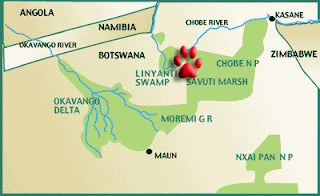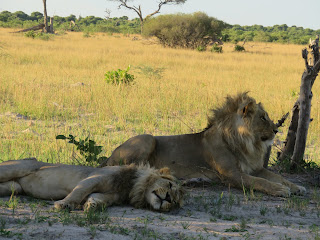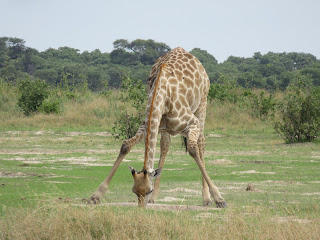January 7
Hello everyone!
South Africa is made up of so many ethnicities, languages and cultures. The country has eleven national languages! One of these is associated with white settlers: Afrikaans.
 |
| The interior of the Voortrekker Monument |
 |
| Statue of Paul Kruger in Church Square |
Afrikaans is very similar to Dutch, which makes sense given the history. It originated in the Dutch Cape Colony in the 18th century and was spoken by an ethnic group that called themselves ‘Boers’. It is now more commonly used in the west of the country, though most understand it as a second or third language.
 |
| Afrikaans at the top, English translation underneath |
There is an Afrikaner culture attached to many people who speak the language as their mother tongue. This became evident to me as I explored one of South Africa’s three capital cities: Pretoria.
 |
| Church Square |
 |
| Pretoria is the executive capital |
Pretoria is easily accessible from Johannesburg, a simple 30 minute trip north on the Gautrain metro system.
 |
| I don't know why it says 46, it took 30 :-) |
The connection between Afrikaner culture and Pretoria? A man called Andries Pretorius. He was a pioneer who was a key part of an event known as the ‘Great Trek’.
 |
| Pretoria is named after this man |
This was when many Boers decided to leave the Cape Colony, which was now controlled by the British, and head inland to find land they could control themselves. The Great Trek is commemorated in Pretoria, which is where some of the trekkers ended up, by the imposing Voortrekker Monument.
 |
| The surrounds show aspects of their route, such as crossing the Orange River |
 |
| This picture was taken from far away |
The granite monument is enormous. It is also difficult to get to without a car. I didn’t have a car, resulting in me walking along a dual carriageway for a while and entering the area through an alternate entrance. A voortrek of my own!
 |
| My alternate walking route |
 |
| It took me through what seems like a disused amphitheatre, which possibly showed performances related to the Great Trek |
The monument was inaugurated in 1949, almost 100 years after the end of the trek. It is said to still be an important part of Afrikaner culture. Others have argued that its negative impact on the local tribes they encountered, such as the Zulu and Ndebele, outweighs any nostalgia.
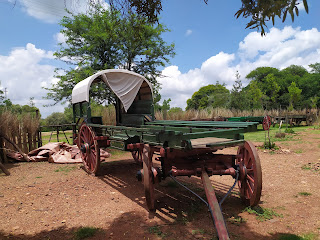 |
| A replica of a wagon used in the treks |
 |
| Its dimensions are those of a cube - each dimension is 40 metres |
Pretoria’s sights are scattered around and beyond the city limits, making it difficult to see everything in a few hours. Having taken an Uber to the eastern suburb of Brooklyn to get some lunch, I decided to walk back to the centre. In doing so, I stumbled upon Loftus Versfeld, a stadium synonymous with South African rugby.
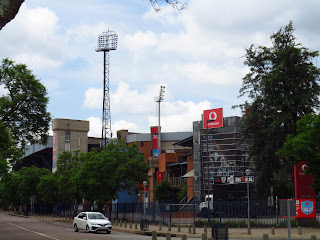 |
| The second test of the 2009 Lions tour happened here |
 |
| It is used by the Bulls rugby team |
Though many places, such as the Union Buildings and Freedom Park, were too far away, many imposing and historically important buildings can be found squashed around Pretoria’s centre: Church Square.
 |
| The Palace of Justice, where Mandela and others were charged with treason and jailed |
 |
| The Ou Raadsaal, the parliament of the South African Republic from 1891 to 1902 |
One other historical point of interest I did find, which is near the Gautrain station, is Melrose House. This is where famous British commanders, Lord Roberts and Lord Kitchener, lived during the Second Boer War at the turn of the twentieth century.
 |
| The treaty ending the war was also signed here |
Though Pretoria contains a lot of history from the time of Afrikaner or white dominance of the country, there have been steps to integrate and multiculturalise the city. Hosting many embassies will probably help with this. There has been a campaign by some to change the name of the city to Tshwane.
 |
| Brooklyn, the suburb where I had lunch, seems to have quite a few embassies |
 |
| Subsequent reading showed that any potential renaming is a sensitive topic |
Pretoria makes for an interesting day trip from Johannesburg, though it’s not a place which I would go out of my way to return to. Luckily it isn’t much of a trek from the metropolis to the south. Much less of a trek than those Boers made in the 1830s…
 |
| Voortrekker Monument |
 |
| Pretoria skyline from the Voortrekker Monument |
Love you all,
Matt






